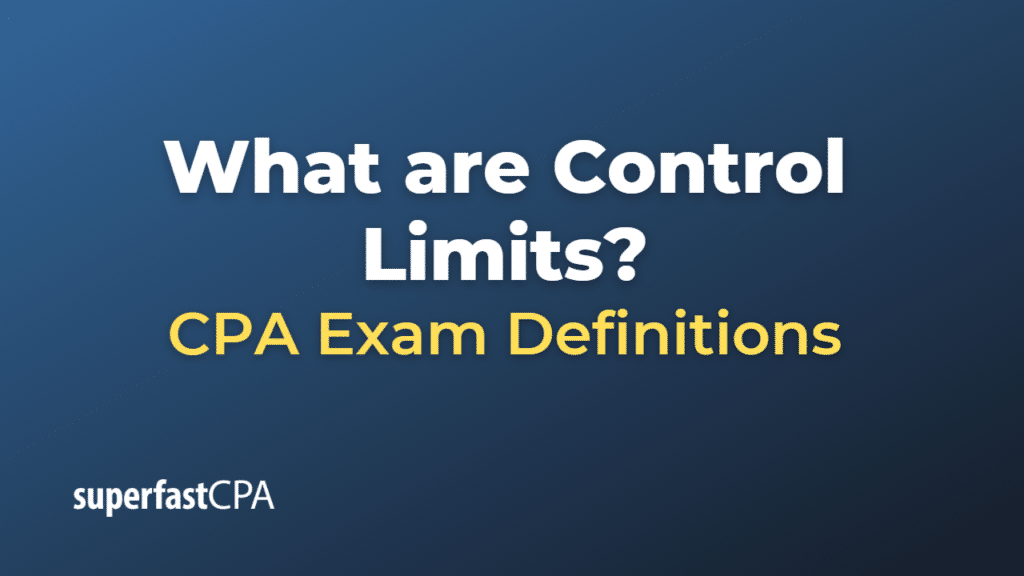Control Limits
Control limits, also known as process control limits, are boundaries used in statistical process control (SPC) to determine if a process is stable and under control. SPC is a method used in quality control and manufacturing to monitor, control, and improve processes by analyzing variations in the output of the process. Control limits are calculated based on historical data and statistical properties of the process being monitored.
There are two types of control limits commonly used in SPC:
- Upper Control Limit (UCL): The upper boundary that indicates the maximum acceptable variation from the process mean or target. If data points fall above the UCL, it suggests that the process may be out of control due to assignable causes, such as equipment malfunction or changes in raw materials.
- Lower Control Limit (LCL): The lower boundary that indicates the minimum acceptable variation from the process mean or target. If data points fall below the LCL, it also suggests that the process may be out of control due to assignable causes.
Control limits are different from specification limits, which are set by customer requirements or industry standards and represent the acceptable range of product or process characteristics. Control limits focus on the process performance and its inherent variability, while specification limits focus on product quality and customer expectations.
When using control charts in SPC, the process data is plotted over time, with the control limits acting as visual boundaries. If the data points remain within the control limits and exhibit a random pattern, the process is considered stable and in control. However, if the data points fall outside the control limits or show non-random patterns, it indicates that the process may be out of control and requires investigation to identify and eliminate the assignable causes of variation.
Example of Control Limits
Let’s consider a hypothetical example of a company that manufactures ball bearings. The company wants to ensure that the diameter of the ball bearings produced is consistent and within the specified tolerances. To monitor the production process, the company uses statistical process control (SPC) and establishes control limits for the diameter measurements.
- Collect historical data: The company collects data on the diameter of a sample of ball bearings produced over a period of time. Let’s say they have collected data from 30 samples, each containing 5 ball bearings.
- Calculate the process mean and standard deviation: Based on the collected data, the company calculates the average diameter (process mean) and the standard deviation of the diameter measurements. Let’s assume the average diameter is 10mm, and the standard deviation is 0.05mm.
- Set control limits: The company decides to set the control limits at ±3 standard deviations from the process mean, which is a common practice in SPC as it represents approximately 99.73% of the data points in a normal distribution. In this case, the Upper Control Limit (UCL) would be 10 + (3 × 0.05) = 10.15mm, and the Lower Control Limit (LCL) would be 10 – (3 × 0.05) = 9.85mm.
- Monitor the process: The company plots the diameter measurements of the ball bearings produced on a control chart, with the process mean and control limits as reference lines. As long as the data points remain within the control limits and exhibit a random pattern, the process is considered stable and in control.
- Identify and address out-of-control points: If any data points fall outside the control limits or show non-random patterns, the company investigates the production process to identify and eliminate the assignable causes of variation, such as equipment wear, changes in raw materials, or operator errors.
In this example, the company uses control limits in SPC to monitor the consistency of the ball bearing diameters and ensure that the production process is stable and under control. By doing so, they can maintain product quality and minimize the likelihood of producing ball bearings that do not meet the specified tolerances.













